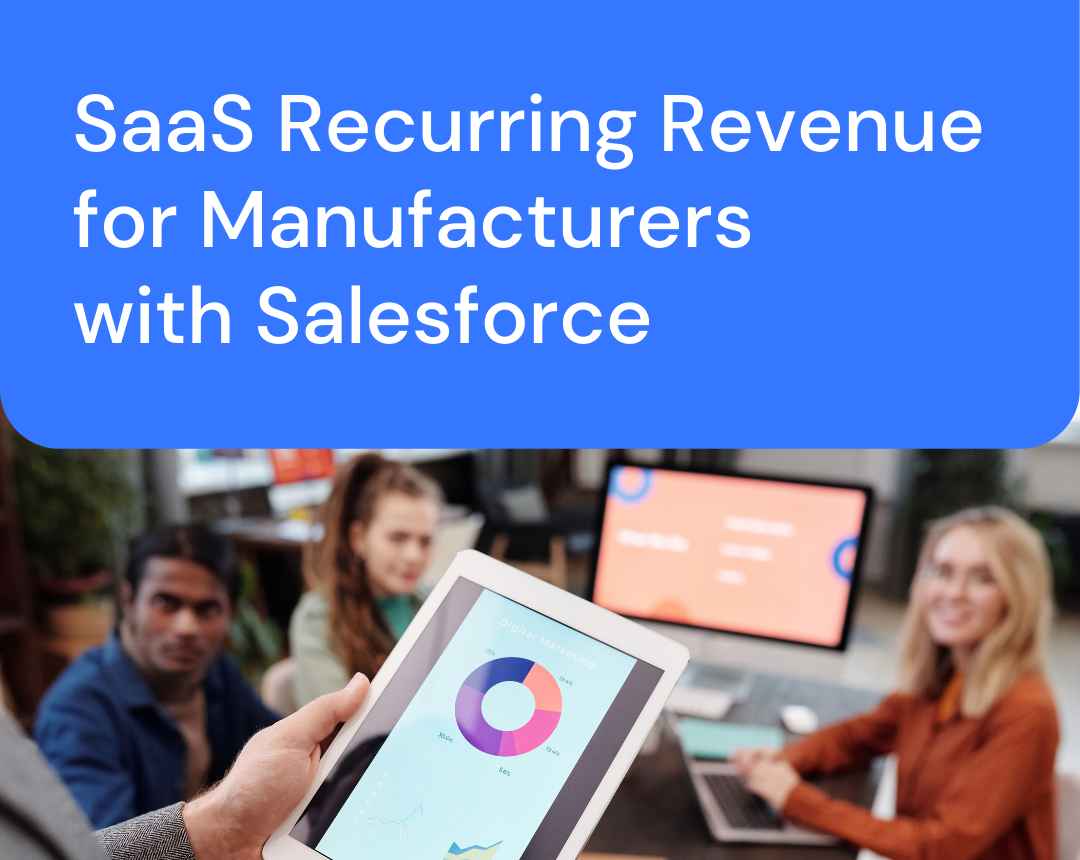


In today’s digital era, online interactions are vital in connecting businesses with their customers, partners, and employees. Experience Cloud stands at the forefront as a cutting-edge solution, offering a comprehensive platform for managing digital experiences. Embrace the full spectrum of possibilities with Experience Cloud, and let SOLJIT guide you in unlocking its potential.
Dive into this article to understand how Experience Cloud can revolutionize your engagement strategies. Ready to elevate your digital experience? Reach out to SOLJIT, your expert partner in navigating the Experience Cloud landscape.
Experience Cloud is a robust and adaptable digital experience platform (DXP) that enables organizations to build and optimize interactions at every digital touchpoint. It offers a suite of tools for content personalization, campaign management, and deep insights into user behavior, all from one place.
A Digital Experience Platform (DXP) is software that facilitates the construction, deployment, and ongoing improvement of websites, mobile applications, and portals. DXPs like ‘Experience Cloud’ are designed to be incredibly flexible, allowing businesses to quickly adapt to changing market demands and user expectations.
The architecture of Experience Cloud includes several critical components such as content management, personalization, intelligent search, and real-time analytics. These functionalities enable organizations to deliver hyper-personalized experiences that attract and retain users.
Experience Cloud plays a vital role in facilitating meaningful interaction with customers and partners. It provides the necessary tools to create consistent and engaging user experiences that foster loyalty and promote long-term relationships.

Experience Cloud is exceptionally versatile, suitable for various stakeholders with different needs.
Each of these portals benefits from the seamless integration, artificial intelligence capabilities, and analytical prowess of Experience Cloud, allowing organizations to exceed user expectations and set a gold standard in digital experience.
Experience Cloud is part of a competitive landscape of digital experience platforms (DXPs), each with its unique set of features and integrations.
The big difference between Experience Cloud and other DXPs, is that it comes pre-integrated into your broader Salesforce platform ecosystem. This enables you to deploy your communities without having to worry about data integration to populate and personalize the community to its users, as well as update user data back to your enterprise CRM.
The platform’s primary advantage lies in its seamless integration with Salesforce and its advanced personalization features. However, the solution is not necessarily geared for small businesses. Its value is best used to serve medium to large companies and institutions.
Experience Cloud’s ability to integrate with a range of technologies, namely everything that you can integrate to your Salesforce platform, is a significant benefit to enable your communities.
In summary, Experience Cloud presents as a robust and flexible DXP option, with its full potential realized in an environment where its customer 360 capabilities – through the Salesforce CRM – are a huge asset to leverage.
As a digital experience, Experience Cloud enables you to populate, personalize, animate and engage your community members with what is the most relevant for them. Data, assets and features that are shown can come from a wide variety of integrations. In that way, it is a DXP that provides experiences greater than itself, whether all assets and data come from Salesforce or beyond. From customer relations to content and commerce management, it leverages data and functionalities across various platforms, enhancing the overall digital experience.
For businesses contemplating a transition to Experience Cloud, a strategic approach is essential. Start by assessing your current digital assets and workflows. Develop a migration plan that minimizes disruption, and include staff training on Experience Cloud. To ensure a smooth transition, it is recommended to pilot the platform with a small user group before onboarding all users.
Following these steps can help businesses transition to Experience Cloud effectively, with minimal disruption.
In the contemporary marketplace, customer engagement has emerged as a critical metric for business success. It’s not just about transactions; it’s about fostering relationships and creating meaningful interactions with customers.
Strong customer engagement offers businesses several key benefits:

Experience Cloud amplifies user engagement by leveraging personalization and constantly adding value for users. The DXP is flexible enough to enable organizations to evolve the experience over time, adding features and improving UI/UX. It provides usage data to better understand user behavior and preferences, enabling you to further tailor content, features and experiences that resonate with your audience.
Experience Cloud enables businesses to tailor digital content for specific user segments, enhancing relevance and engagement. By utilizing user data, companies can deliver personalized experiences that cater to the unique preferences and needs of different audience groups, thereby improving user satisfaction and conversion rates.
Experience Cloud harnesses the power of data analysis to uncover deep insights into user interactions. By analyzing user data, businesses can identify patterns and preferences, which can be used to customize content, making it more relevant and engaging to different user segments.
The platform provides real-time interaction tools that facilitate immediate communication with users. Whether it’s through personalized messaging, chatbots, or interactive features, Experience Cloud enables businesses to engage with users at the moment, providing a responsive and dynamic user experience.
With its ability to integrate (through Salesforce) with a variety of platforms and marketing tools, Experience Cloud ensures a unified approach to user engagement. From ERPs to LMS and other platforms, it allows businesses to maintain a consistent and personalized dialogue with their audience across all channels.
To maximize engagement, businesses should utilize the full range of Experience Cloud’s features. This includes regularly updating content, leveraging its personalization capabilities to tailor experiences, and employing its analytics to continuously refine and optimize engagement strategies.
Additionally, integrating ‘Experience Cloud’ with other business systems can create a seamless experience for users, further enhancing engagement.
Successfully implementing Experience Cloud is critical to fully leveraging its capabilities. Here are some tips to help ensure that your deployment is as effective as possible:
The landscape of stakeholder engagement is rapidly evolving, with new technologies and methodologies emerging constantly. Experience Cloud is at the forefront of this evolution, adapting to and often driving the latest trends.
Looking ahead, we can anticipate several innovations within ‘Experience Cloud’ and similar platforms:
These advancements promise to unlock new dimensions of user engagement, offering more personalized and interactive experiences.
Experience Cloud stands as a formidable force in redefining stakeholder engagement, offering unmatched personalization, integration, and adaptability. It is an essential asset for any business striving to amplify its digital presence. As we look to the horizon, Experience Cloud is poised to evolve alongside emerging technologies, promising to bring about new innovations that will continue to reshape business interactions.
To ensure your organization remains at the forefront of this digital evolution, consider partnering with Soljit. Tap into our expertise to harness the full power of Experience Cloud and turn these future possibilities into your competitive advantage today. Contact SOLJIT and future-proof your stakeholder engagement strategy.
Accelerate your continuous improvement